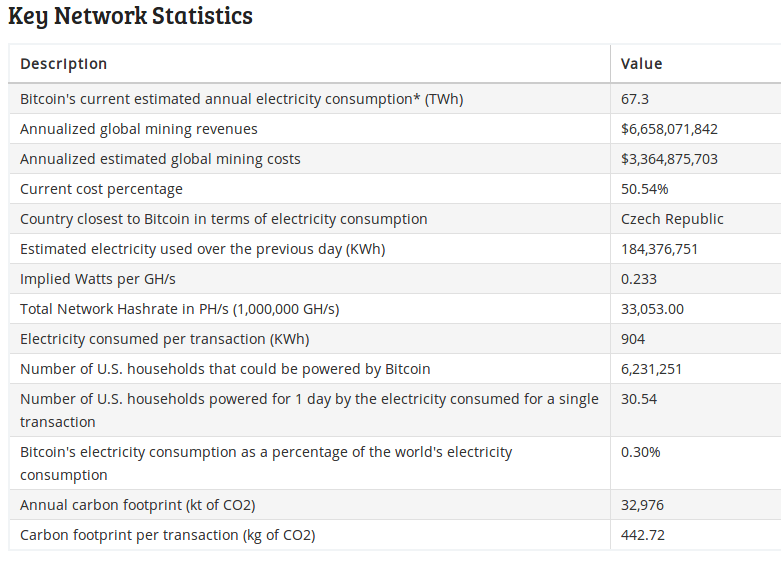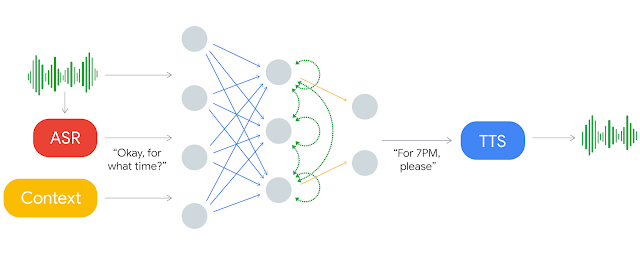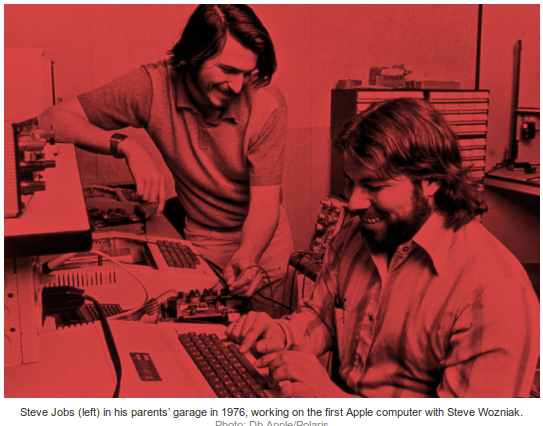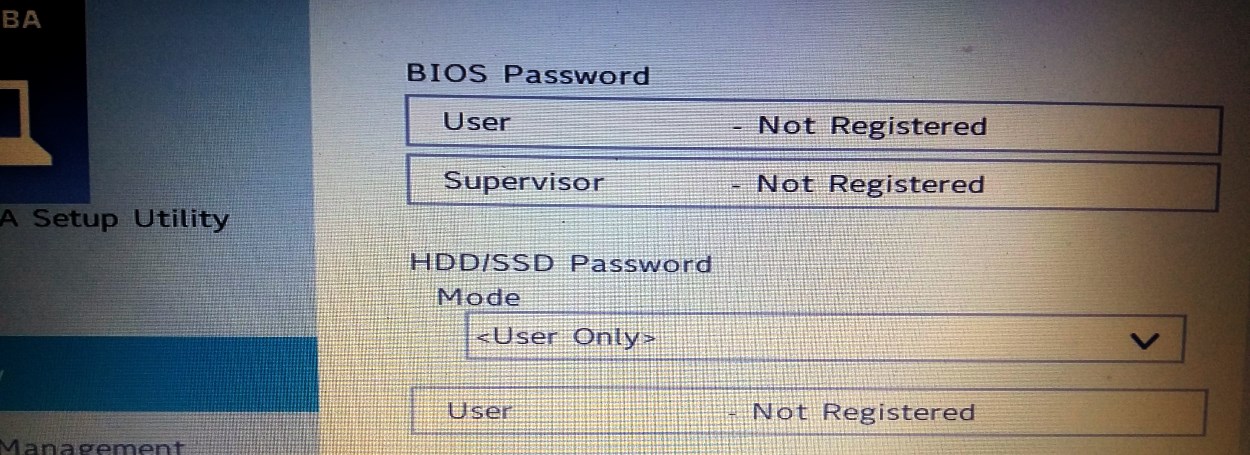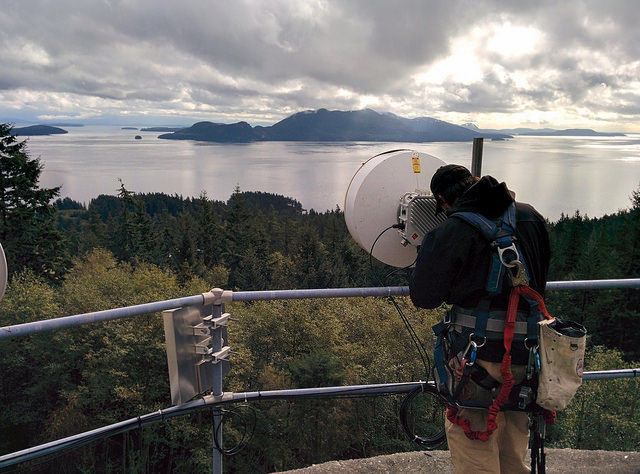I recently formatted my home NAS with the XFS filesystem, then was mystified when some NFS exports worked fine while others didn’t. It turns out it’s an XFS quirk and needs a tweak to the /etc/exports file, as detailed in this blog post below.
I fixed it by adding fsid=1, fsid=2, … to the export options of each share in /etc/exports so that NFS could individually identify them. Kind of a bother but it works!
I recently turned up a new RAID array and plopped an XFS filesystem down on it. I didn’t bother setting any specific tunings when I created the filesystem. However I couldn’t for the life of me export any subdirectories from the volume over NFS. Local access was fine and I could export via netatalk and samba.On the server I saw messages like this in the logs:
Feb 14 13:08:43 monolith rpc.mountd[3092]: authenticated mount request from 192.168.1.50:1003 for /mnt/music (/mnt/music)Feb 14 13:08:57 monolith rpc.mountd[3092]: authenticated mount request from 192.168.1.50:1002 for /opt/music (/opt/music)Feb 14 13:15:19 monolith rpc.mountd[3092]: authenticated mount request from 192.168.1.20:717 for /mnt/music (/mnt/music)Feb 14 13:15:20 monolith rpc.mountd[3092]: authenticated mount request from 192.168.1.20:1001 for /mnt/music (/mnt/music)Feb 14 13:15:22 monolith rpc.mountd[3092]: authenticated mount request from 192.168.1.20:1002 for /mnt/music (/mnt/music)Feb 14 13:15:26 monolith rpc.mountd[3092]: authenticated mount request from 192.168.1.20:801 for /mnt/music (/mnt/music)Feb 14 13:15:34 monolith rpc.mountd[3092]: authenticated mount request from 192.168.1.20:967 for /mnt/music (/mnt/music)Feb 14 13:15:44 monolith rpc.mountd[3092]: authenticated mount request from 192.168.1.20:794 for /mnt/music (/mnt/music)Feb 14 13:15:54 monolith rpc.mountd[3092]: authenticated mount request from 192.168.1.20:855 for /mnt/music (/mnt/music)Feb 14 13:16:04 monolith rpc.mountd[3092]: authenticated mount request from 192.168.1.20:863 for /mnt/music (/mnt/music)Feb 14 13:16:14 monolith rpc.mountd[3092]: authenticated mount request from 192.168.1.20:932 for /mnt/music (/mnt/music)Feb 14 13:16:24 monolith rpc.mountd[3092]: authenticated mount request from 192.168.1.20:830 for /mnt/music (/mnt/music)
On the client I would get two different behaviours, depending on whether it was NFSv4 or NFSv3 that was being used. With NFSv4 it would mount the directory, but any attempt to read from it would give a ‘Stale NFS handle’ error:
root:~# mount -t nfs -v 192.168.1.10:/mnt/music /mnt/mount.nfs: timeout set for Fri Feb 14 16:49:39 2014mount.nfs: trying text-based options 'vers=4,addr=192.168.1.10,clientaddr=192.168.1.20'root:~# ls /mnt/ls: cannot open directory /mnt/: Stale NFS file handle
Source: NFS Exports And XFS’s inode64 Mount Option – mmacleod.ca
